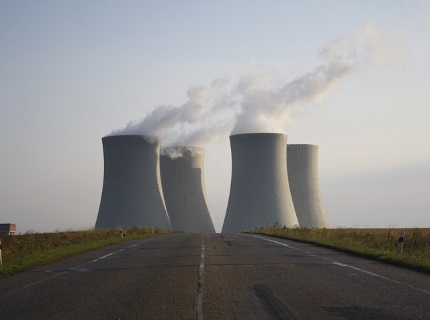Markets are getting crushed… but there’s always a bull market somewhere.
Look at uranium prices, for example, which is strong for a few reasons:
First, Congress is considering legislation that could ban Russian imports, which currently accounts for about 17% of the uranium used by U.S. power plants, says Real Clear Energy.

Second, global leaders have pledged to reduce carbon emissions. The U.S. just pledged to reduce emissions by up to 52% over the next several years. Europe wants to cut CO2 emissions by up to 55% by 2030. China says it’ll stop releasing CO2 in the next 40 years.
Third, as reported by KitCo: “A global energy crisis that threatens to get worse and ongoing climate change issues mean there is plenty of upside potential for nuclear energy, according to the world’s biggest uranium investment firm.” The article adds that John Ciampaglia, CEO of Sprott Asset Management, believes uranium could double to $100 a pound.”
Finally, according to Bloomberg, “The world’s biggest [carbon] emitter, China [is] planning at least 150 new reactors in the next 15 years, more than the rest of the world has built in the past 35. The effort could cost as much as $440 billion; as early as the middle of this decade, the country will surpass the U.S. as the world’s largest generator of nuclear power.”
In short, there’s plenty of demand.
Unfortunately, there’s also a supply issue.
As Cameco President and CEO Tim Gitzel has explained: “Uranium supply is becoming less certain due to years of persistently low prices.”
That said, investors may want to keep an eye on uranium stocks, such as Cameco Corp. (CCJ), Nexgen Energy (NXE), Uranium Energy Corp. (UEC), Denison Mines (DNN), and Paladin Energy (PALAF). Or, you can always invest in a uranium ETF, like Global X Uranium ETF (URA).
At $20 a share, with an expense ratio of 0.69%, you can gain better exposure to those same uranium stocks at less cost. In fact, if I were to buy 100 shares of the URA ETF, it would cost me about $2,000. If I were to buy 100 shares of each of its holdings, including CCJ, it would cost be far more than $2,000. So, less cost, greater exposure.





